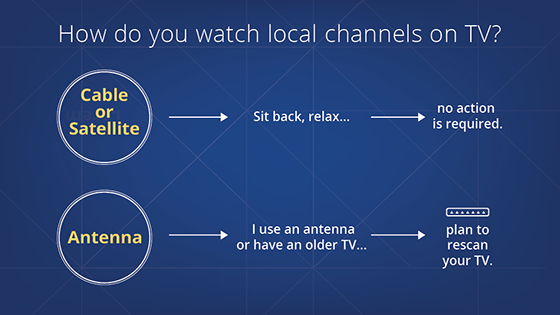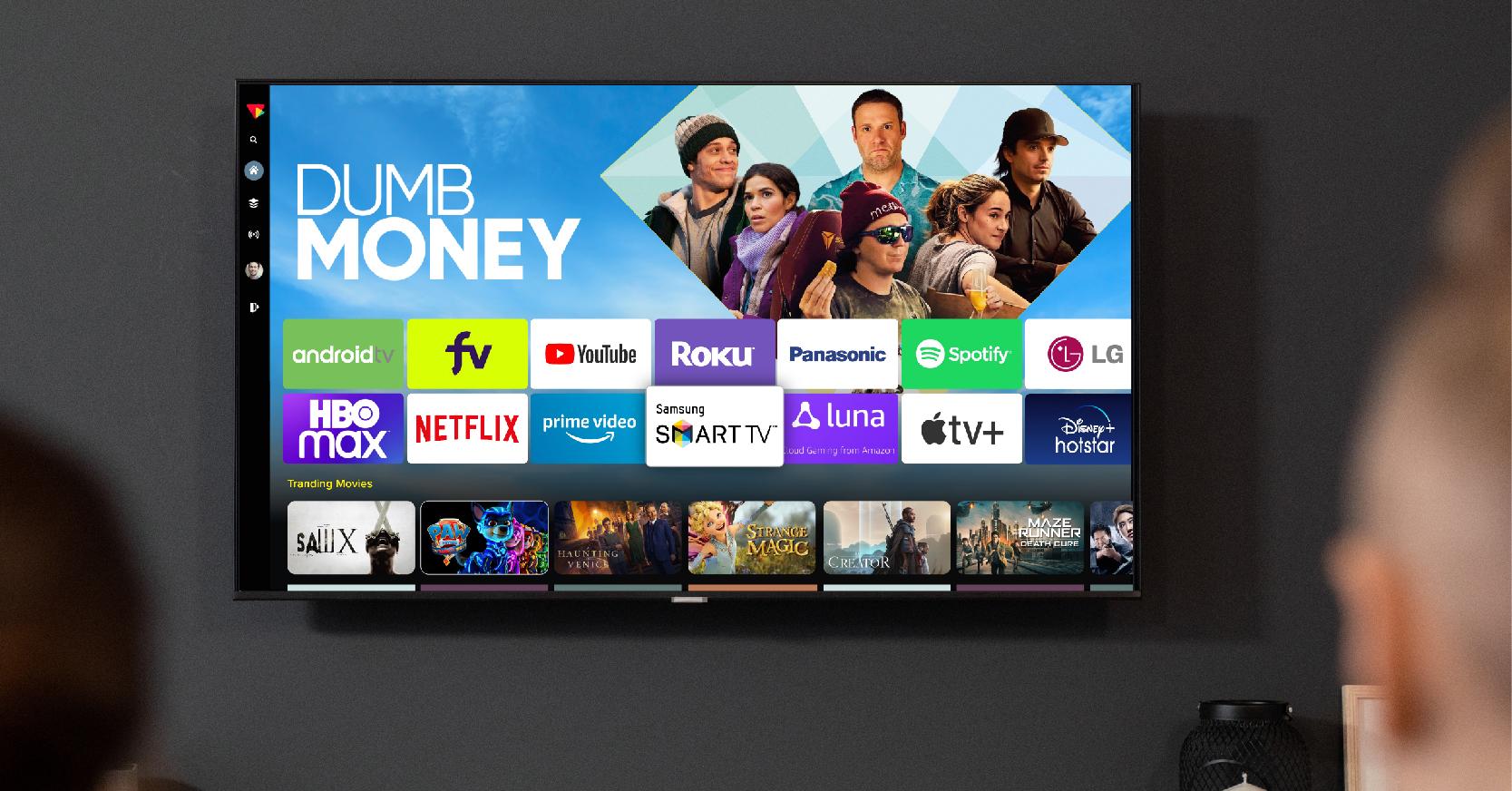Apollo Group Tv Can Be Fun For Anyone
Apollo Group Tv Can Be Fun For Anyone
Blog Article
Some Known Factual Statements About Apollo Group Tv
Table of ContentsAn Unbiased View of Apollo Group TvThings about Apollo Group TvRumored Buzz on Apollo Group TvHow Apollo Group Tv can Save You Time, Stress, and Money.
In this situation, rather than having three-minute business spots throughout a 30-minute television program, television programming may alter to one where a consumer will be called for to have a regular monthly membership, to make sure that they cen view targeted banner advertisements. This kind of advertising already happens on the web, and the amount of information tv companies gather allows them to do much the same.Describe the major patterns among the broadcasting and cable networks. Popular radio reveals such as authorities dramatization Dragnet and western cowboy series Gunsmoke were adjusted for television, and brand-new TV programs were sponsored by solitary advertisers, simply as radio shows had actually been.
Today, the television market is even more intricate. Programs are sponsored by numerous marketers; programming is regulated by major media corporations; and the three major networks no more dominate the airwaves but rather share their viewers with numerous cord channels. Numerous aspects account for these trends within the market, consisting of technological growths, federal government policies, and the production of new networks.

Everything about Apollo Group Tv
Developed in 1969, (PBS) developed out of a record by the Carnegie Payment on Educational Television, which took a look at the duty of educational, noncommercial tv on culture. Public tv was likewise meant to give universal access to television for visitors in country areas or audiences that can not afford to pay for private television solutions.
The duration in between 1950 and 1970 is traditionally recognized as the. Apart from a little part of airtime regulated by public tv, the 3 significant networks (referred to as the Big Three) dominated the television market, collectively representing greater than 95 percent of prime-time watching. In 1986, Rupert Murdoch, the head of international business Information Corp, released the Fox network, testing the dominance of the Big Three.
Targeting young and minority audiences with shows such as Buffy the Vampire Killer, Moesha, Dawson's Creek, and The Wayans Bros., the brand-new networks wished to draw stations far from their old network associations. Instead than repeating the success of Fox, UPN and WB had a hard time to make an impact. Unable to bring in several associate terminals, the 2 new networks got to fewer homes than their larger rivals because they were inaccessible in some smaller sized cities.
This choice paved the way for the development of cord flick channels, contributing to the exponential development of cord in the 1980s and 1990s. apollo tv. More deregulation of cord in the 1984 Cord Communications Policy Act removed constraints on cord rates, allowing operators to bill what they wanted for cable solutions as long as there worked competition to the service (a criterion that over 90 percent of all cord markets might meet)
The 10-Minute Rule for Apollo Group Tv

Having actually developed the first "superstation," Turner broadened his realm by establishing 24-hour information network CNN in 1980. At the end of the year, 28 nationwide shows solutions were available, and the cable transformation had begun. Over the following years, the market undertook a duration of quick development and appeal, and by 1994 viewers could select from 94 basic and 20 premium cable television services.
Figure 9 - https://canvas.instructure.com/eportfolios/3233536/Home/Apollo_TV_Group_Your_Ultimate_Streaming_Destination.16 Increased competitors from cable networks has actually triggered a constant decrease in the networks' audience scores. Throughout the 1950s, the price of creating a solitary tv program increased as shows ended up being much longer and manufacturing costs skyrocketed. Sponsorship on network tv changed from solitary sponsorship, in which a program was entirely supported and produced by one advertiser, to several sponsorship, in which marketers acquired 1- or 2-minute spots on the show
Choose one of the Big Four networks and print out its weekly programming schedule. Watch the network's prime-time programs over the course of a week, keeping in mind the target group for each program.
See This Report on Apollo Group Tv

Direct television, often referred to as conventional program television, incorporates cord and satellite tv. It's called "linear" due to the fact that content follows an established programs routine, unlike on-demand material which the specific visitor determines to watch based upon their very own choices and timetable. So, when you ask, "What is linear TV?", think about it as the classic way browse around these guys of watching television that has actually been around for years.
Report this page